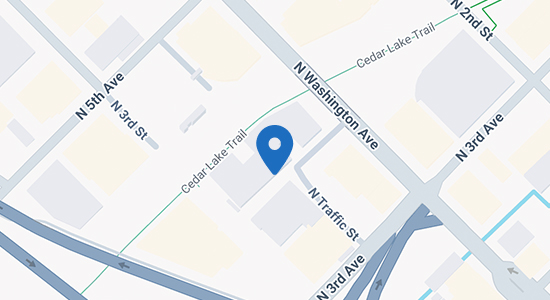What Is Maltreatment Of A Minor? Maltreatment is a civil finding that a caregiver committed acts that meet the definition in the “maltreatment” in the Minnesota state law known as the Maltreatment of Minors Act. Maltreatment can take many forms including physical abuse, neglect, and sexual abuse. While the stated purpose of the law is…
Continue reading ›Fighting for You













